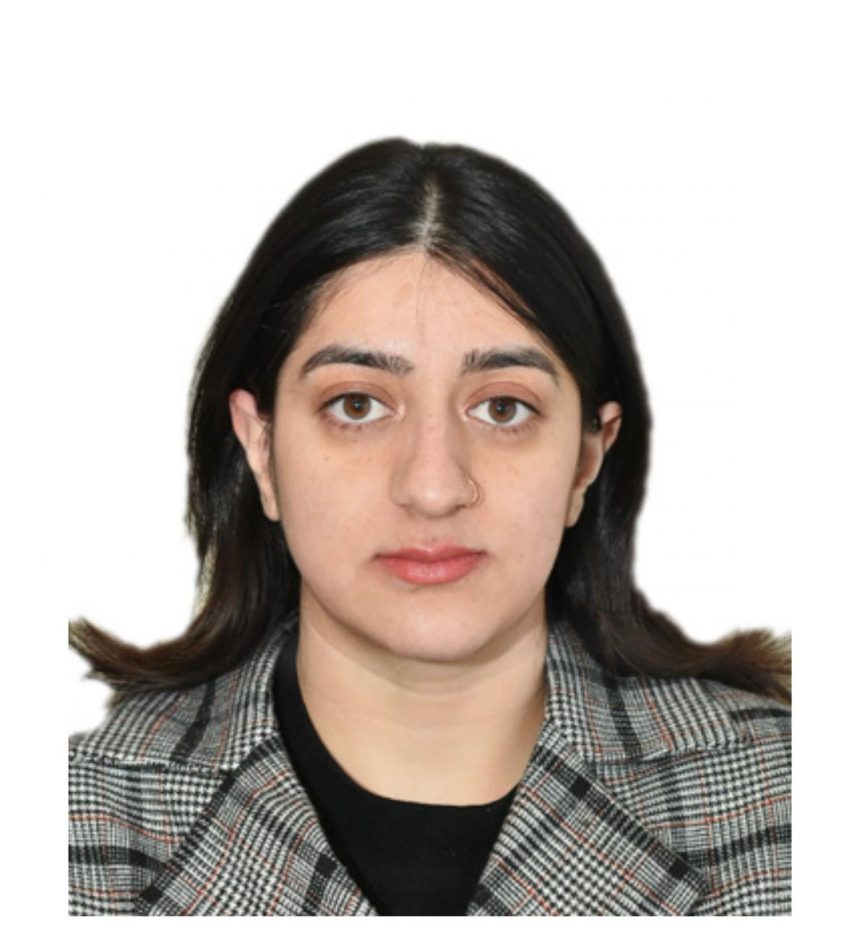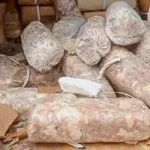It was a late spring afternoon, and prayers echoed throughout the serene valley. The family had recently moved into a new neighborhood, a quiet enclave with five houses nestled closely together. At the center of this little community stood the apex, a modest bus station that served as a focal point for their lives. The next morning, as the golden sunbathed the valley in its warm glow, the newly arrived neighbors, made their way to the bus station.Among them was a young girl, who soon found herself joined by two sisters from the neighborhood. The younger of the two sisters stood with sparkling eyes, lost in dreams of the new Barbie that had just hit the market. Meanwhile, her elder sibling, curious and reserved, lingered at the edges of the conversation, quietly observing but secretly eager to step into the world of grown-ups.Beside them stood their grandfather, a gentle figure holding their bags. His reassuring words comforted the little one, promising her that they would get the coveted doll over the weekend. Soon, two brothers arrived at the station, completing the group. The younger boy, filled with curiosity and nervous energy, had just begun his journey into school life, while the elder, mature and self-assured, was coincidentally the same age as the younger sister from the other family. What began as tentative greetings quickly blossomed into animated chatter, setting the foundation for the camaraderie that would follow. Invitations for playdates soon turned into cycling races and impromptu cricket matches.
The once-new neighbors grew closer, their laughter echoing through the valley as their friendships deepened. Beneath the sprawling shade of a centuries-old Chinar tree a symbol of timelessness and resilience the children forged bonds that would carry them through the challenges of growing up. Under this steadfast guardian, they shared stories, dreams, and fears, navigating the uncharted waters of adolescence together. The Chinar bore silent witness to their milestones: victories on the cricket pitch, secret conversations, and even the bittersweet lessons of understanding the complexities of the adult world.As they matured, the resilience of their friendships mirrored the enduring strength of the Chinar, rooted deeply in the soil of shared memories and unwavering trust. This journey, intertwined with the seasons of the valley, became more than just a tale of childhood; it was a story of growth, discovery, and the unyielding bonds that only time could forge. The hierarchy of needs, as established through evolution, has remained constant: only when basic needs are satisfied does the desire for aesthetics and higher pursuits emerge profoundly. These children were no exception. However, their journey took a darker turn when one of the elders in their group fell victim to ‘substance addiction’.
It was during the early dawn, a time when their adolescent curiosity drove them to explore new cycling routes. In their quest to find a path free from the rush of cars, they ventured deep into the paddy fields behind the houses. There, they encountered a secluded left turn a road that seemed shrouded in mystery, offering no clear way back. The eldest of the group found herself lost and, in her confusion, confronted by a group of older girls who were exchanging a parcel with a young man in his early adulthood.When she asked for directions to the right road, the young women were taken aback, clearly startled as if caught in the act. Surprised by their reaction, she tried to retreat quickly, but before she could get far, they asked her not to tell anyone about the exchange.
Curiosity began to take hold of her as she wondered what the parcel contained and why it couldn’t be passed along like something ordinary. As she was guided back to the road, her thoughts swirled with questions: What did “growing up” mean in this context? Why was the parcel so secretive? What could possibly be inside that box?Upon returning home, the questions lingered, keeping her mind occupied as she tried to make sense of what she had seen. To satisfy her curiosity, she ventured down the same road the following day, hoping to find someone or something that would answer her questions. However, she found no one there. Disappointed by her fruitless search, she returned home. As she reflected on her day, she recalled the quote, “Curiosity makes the unusual seem universal, for the seeker finds traces of it in every corner of their world.”Her curiosity led her to notice unusual behaviors among her peers. She overheard them talking about “cards,” but these weren’t the usual identity cards. Instead, they were referred to tablets, which, she learned, were used to dull pain and provide relief. Determined to understand what her peers were experiencing; she delved deeper and discovered that more than half of them were relying on these tablets. Some were succumbing to peer pressure, while others turned to them to cope with academic or social stress, family influence, low self-esteem, trauma, and personal struggles.She also realized that a lack of awareness and education, along with a desire for rebellion and defiance, were contributing factors to their dependence. Promising herself that she would stay away from it, a moment of vulnerability with her peers led her to give in to her curiosity. She convinced herself that she was confident in her ability to try it just once.
However, that brief indulgence in the secret packets quickly escalated into addiction. The once-vibrant 17-year-old, who was often seen playing her heart out and cycling around the city, was no longer at the bus station. Instead, she vanished into a room in the once lively enclave, now filled with wrappers of tablets that should have never been part of her life.Under the shade of the Chinar tree, the ray of hope had all but vanished. A girl who once dreamed of conquering the world was now silent, her voice unheard. Schools, oncebastions of learning, had transformed into breeding grounds for a destructive force. The consumption of substances had become a means of climbing the social hierarchy among peers. There was a glaring absence of educational awareness and workshops, initiatives that had once been introduced but were gradually abandoned.In this grim reality, it became evident that, within high schools, any substance could be procured within hours of a simple request. What was once seen as a safe space had now become a haven for dealers, preying on the young, naive, and easily manipulated. The Chinars, which had once symbolized resilience and timelessness, had now become shelters for substance addicts. They sought refuge beneath the expansive branches of these ancient trees, using their shelter to conceal their harmful habits.Her absence was deeply felt during the evenings that were once reserved for playdates, and at the bus station, which now stood cold and grieving. The younger ones, determined to bring her back to the life she was meant to lead, embarked on a journey to help her. They reached out to countless helplines, sorting through the ones that offered effective rehabilitation. As the months unfolded, her recovery brought her back to life—a life she was born to live and cherish.However, the lack of educational awareness and the easy access to drugs had led her down a dangerous path. The reality of substance abuse was painfully clear, as drugs were only a phone call away. It was revealed that approximately 1.35 million individuals in the region are affected by substance abuse, accounting for around 10.8% of the population. Disturbingly, over 33,000 syringes are used daily for heroin injections, highlighting the severe extent of the crisis.
Her recovery journey ignited a deep curiosity, compelling her to act and give back to the community. She realized the importance of addressing two critical aspects: ensuring the availability of this substance is restricted and investigating its sources and the alarming ease with which it is distributed.These thoughts consumed her, and for someone who had lived through similar struggles, she recognized the enduring challenges of access and availability. This wasn’t a mission she undertook for herself alone it was for her peers, many of whom faced the same hardships daily. To bring about meaningful change, she understood the necessity of stepping up and embodying that change herself. The stark rise in substance abuse calls for a collective effort.Parents must play an active role by regularly monitoring their children’s lives, fostering open communication, and providing guidance. Similarly, children have a part to play by being vigilant about their surroundings and discreetly supporting individuals in their lives who might be struggling.Life is full of challenges, and no two days in an individual’s life will ever be the same. However, seeking solace through dependence is not the solution. True healing begins with the mind. To achieve this, help is readily available and often free.Attaining a free state of mind does not require reliance on external substances. Instead, it’s about breaking free from them entirely. This journey should be called ‘freedom from addiction’ ratherthan ‘freedom of addiction.’ It’s about curing oneself and embracing the process of healing.
(Author is a student of clinical psychology. Feedback: [email protected])








